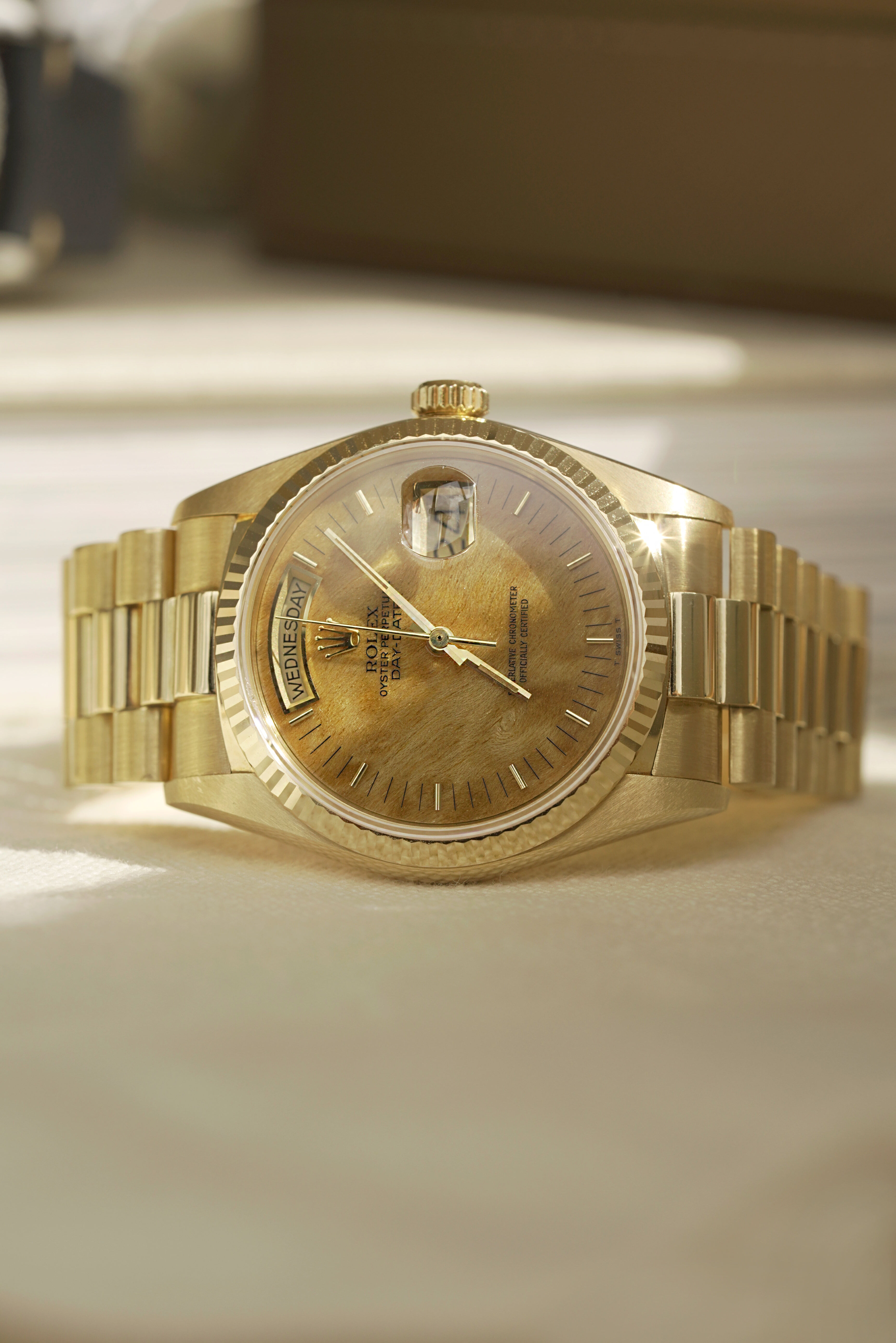
Vintage & Modern
We get this question a lot from clients, in particular first-time buyers deciding between a modern and vintage watch to begin their journey.
Looking back at both the watches Calum and I have collected throughout the years, this is quite a dynamic and complex question that takes in a lot of different factors, most possibly tailored to the client’s demographic and lifestyle choices.


A pristine example of Calum's daily driver -
Heuer 1163V 'Pre-Viceroy' with Delugs custom strap pairing. Dated circa 1960s.

A close-to-new example of Johnathan's daily driver -
Rolex 18038 'Black Birch' with a unique-grained Birchwood dial and light patina.
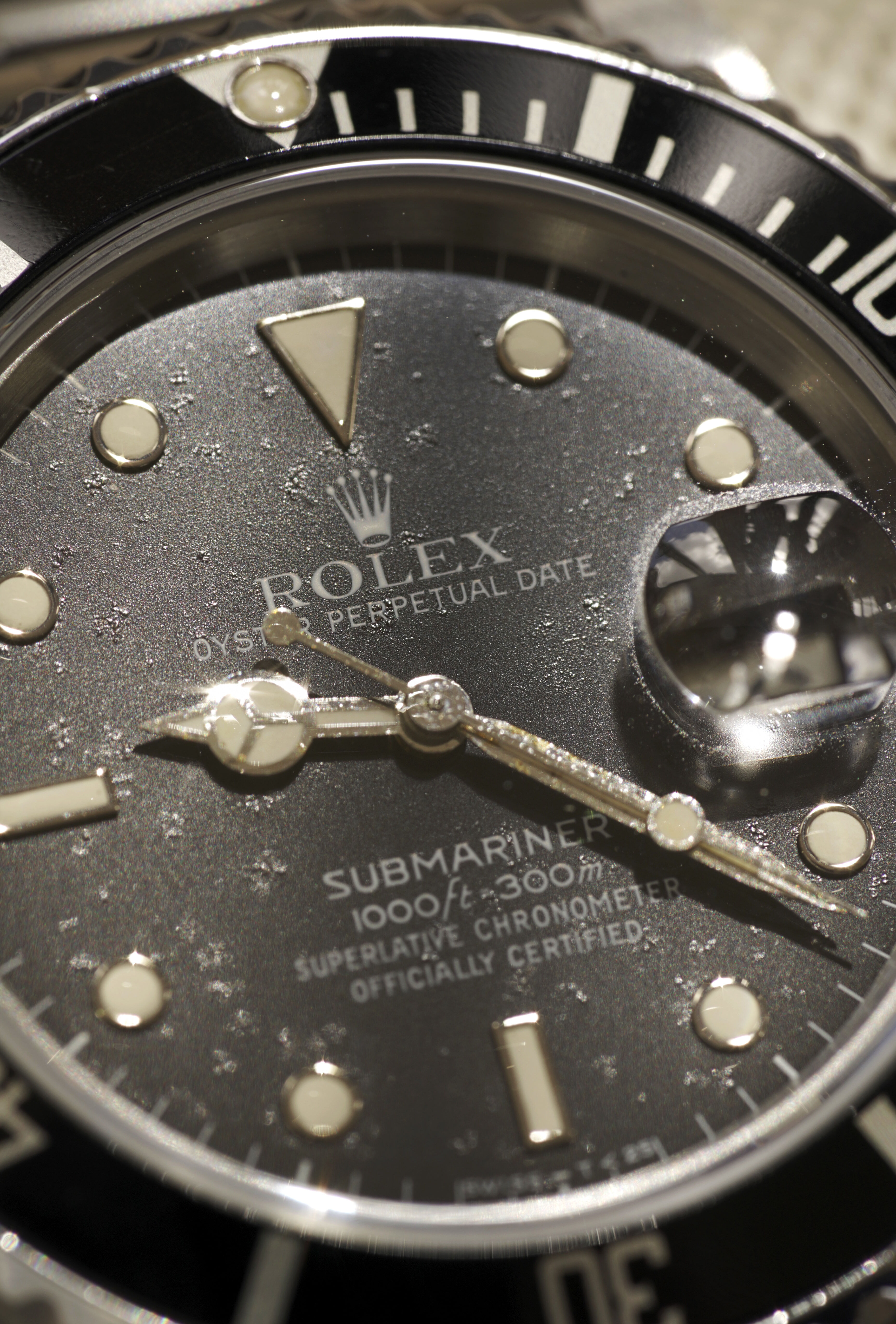

Although there is no dictionary strict definition for ‘Vintage’ and ‘Modern’ watches, the definitive factor among collectors for vintage watches refers to fine timepieces produced before circa 1980s with dated manufacturing materials, techniques, cases, dials and hands. Watches of the past are generally made for a functional purposes ie. diving, hiking, mountaineering, aviation, racing, equestrian and golf etc, there is always a combination of reasons for mechanical components and silhouettes in order to perform the duty required at the time, in most cases connected to historical events such as the invention of automotive, submarines, airplanes, Olympics and landing of the moon. There is a major difference between pieces made for fulfilling their purpose and how it evolve into the essential necessity of modern collectors.

A pristine example of legendary racer Steve McQueen's Heuer Monaco auctioned recently.
(Courtesy of Phillips)


A Rolex Ref. 6542 'Small Crown Submariner' selected by legendary actor Sean Connery in James Bond Series.
Furthermore, the value of vintage watches contains a much in-depth evaluation, market tendencies and collectors’ change of interests over the years. A seemingly unnoticeable visual difference between a dial and indices could point to different factors that make or break the deal. Rather than describing vintage watch as just an ‘old timepiece’, we tend to think of it as collecting and enjoying fine wine, whiskies and cars alike as they demand the understanding of basic knowledge to build an informative decision. The takeaway is of course, a unique and beautiful heirloom treasure that is both functional and sentimental, possibly embarking your story into your next generations’ wrists.
Contrary to the diverse factors of vintage watches, a modern watch generally refers to those produced following the millennium circa 2000s to date. In more specific terms the pieces between circa the 1980s - 2000s are categorized as ‘neo-vintage’ and attracted a strong collecting favor over the last decade due to their attractive value-proposition, availability, condition and wearability.
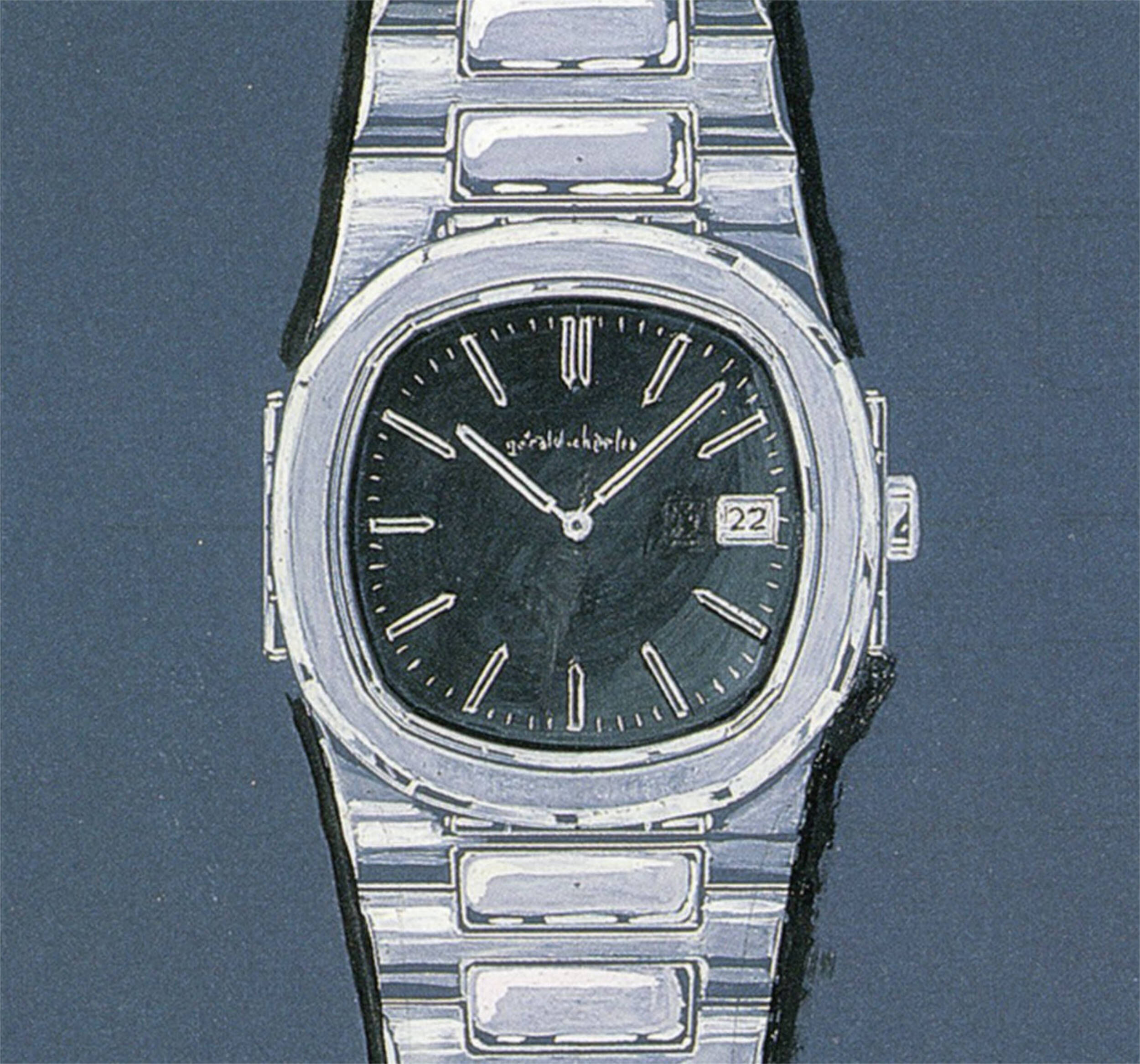
The original sketch of Gerald Genta's inception of Patek Philippe Nautilus series.
(Courtesy of Phillips)
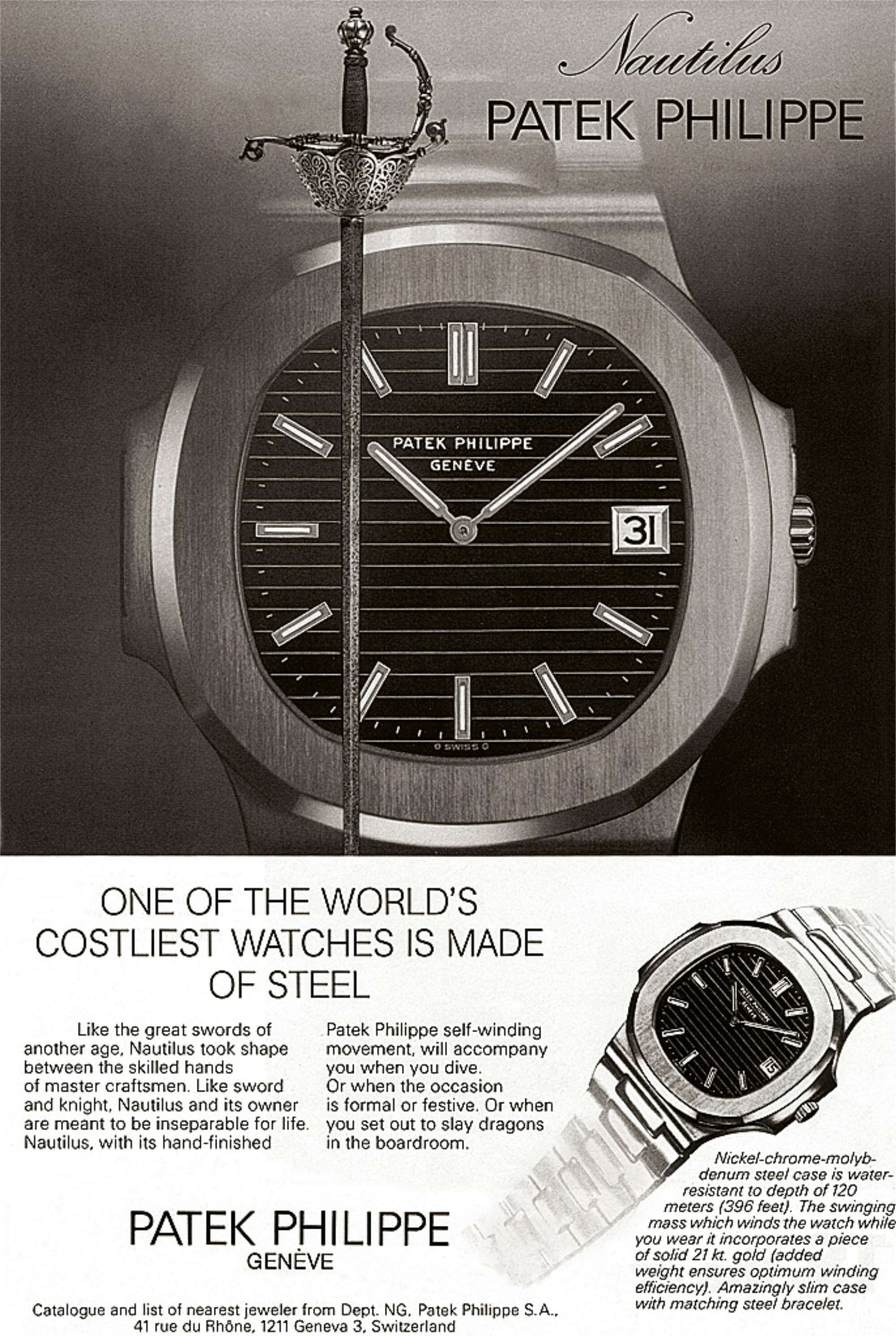
An original advertisement as depicted in the 1980s for the Patek Philippe Nautilus Reference. 3700.
(Courtesy of The Hour Glass)
Modern watch generally requires less in-depth study and are geared more toward enthusiasts who seek a contemporary design and engineering approach.
There’s a lot more to elaborate on their pros and cons, I personally think of them as a convenient choice for the modern daily driver and a direct ‘grab and go’ for the users to adapt a wide range of occasions. We will explain in greater detail for our future journal publications.
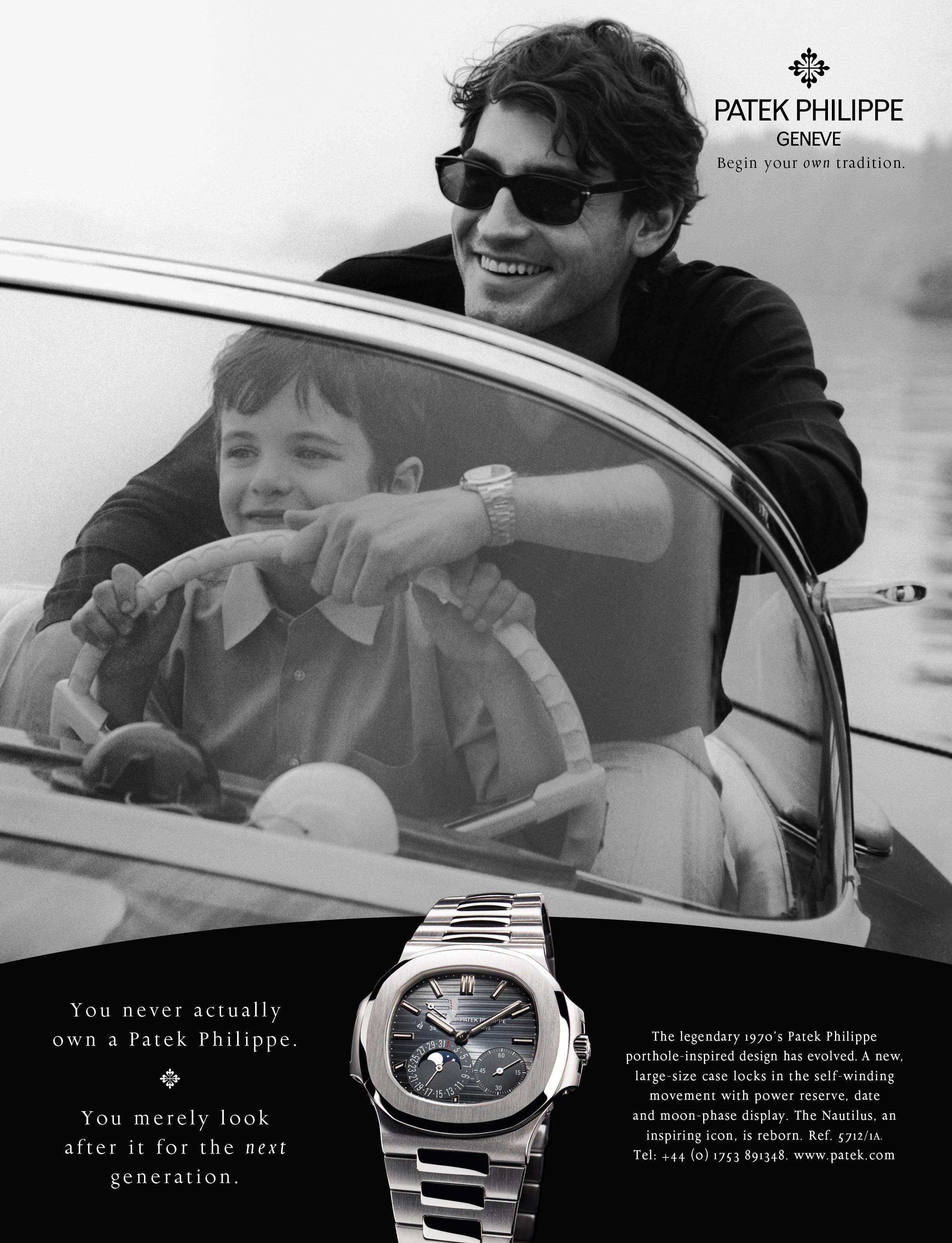
A modern advertisement for Patek Philippe Nautilus Reference. 5712/1A following the inception of the original Reference. 3712 release.
(Courtesy of The Hour Glass)
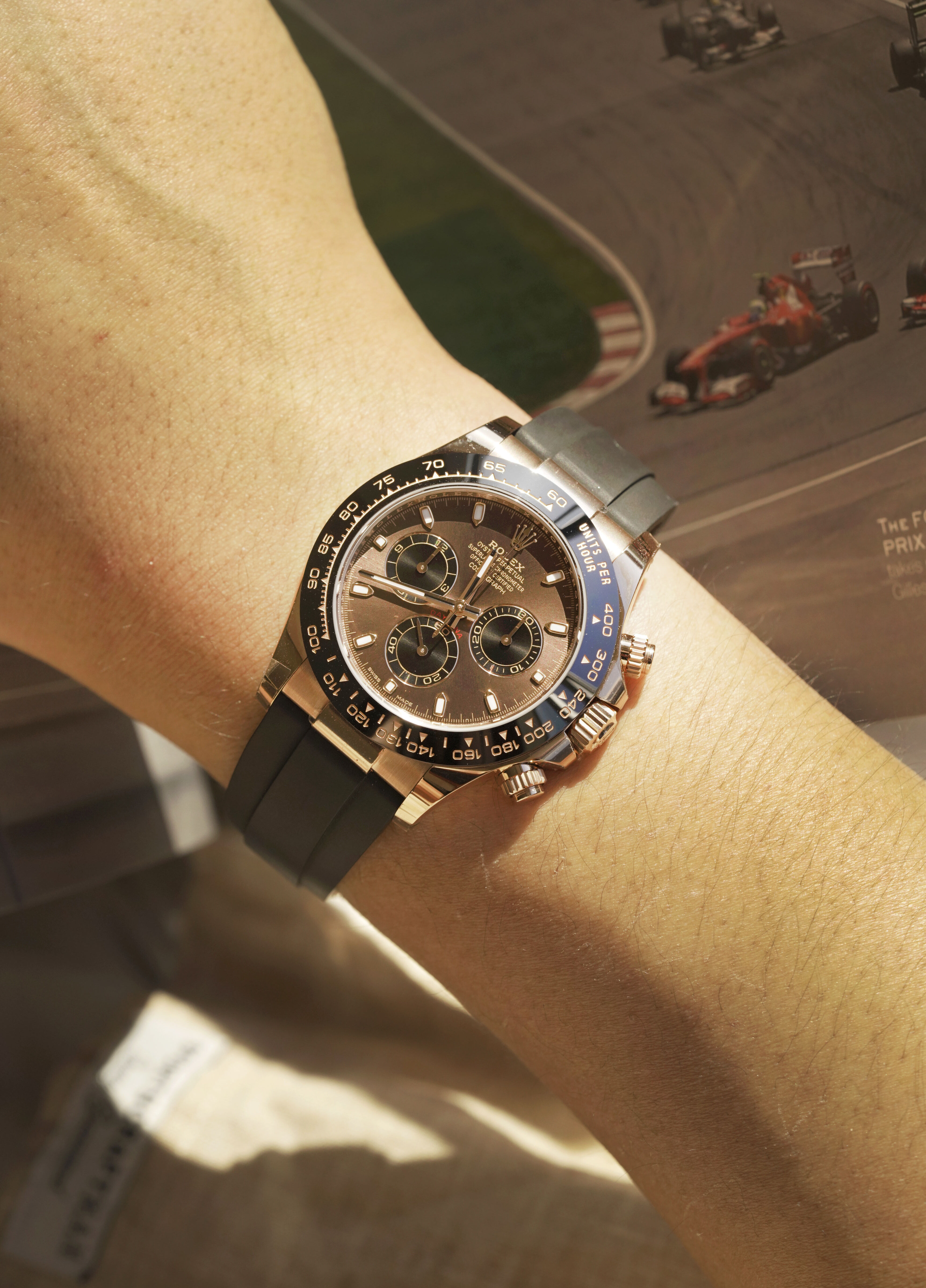
A pristine example of Rolex Daytona Reference. 116515 'Chocolate' in rose gold combination paired with sandy linen shirt.
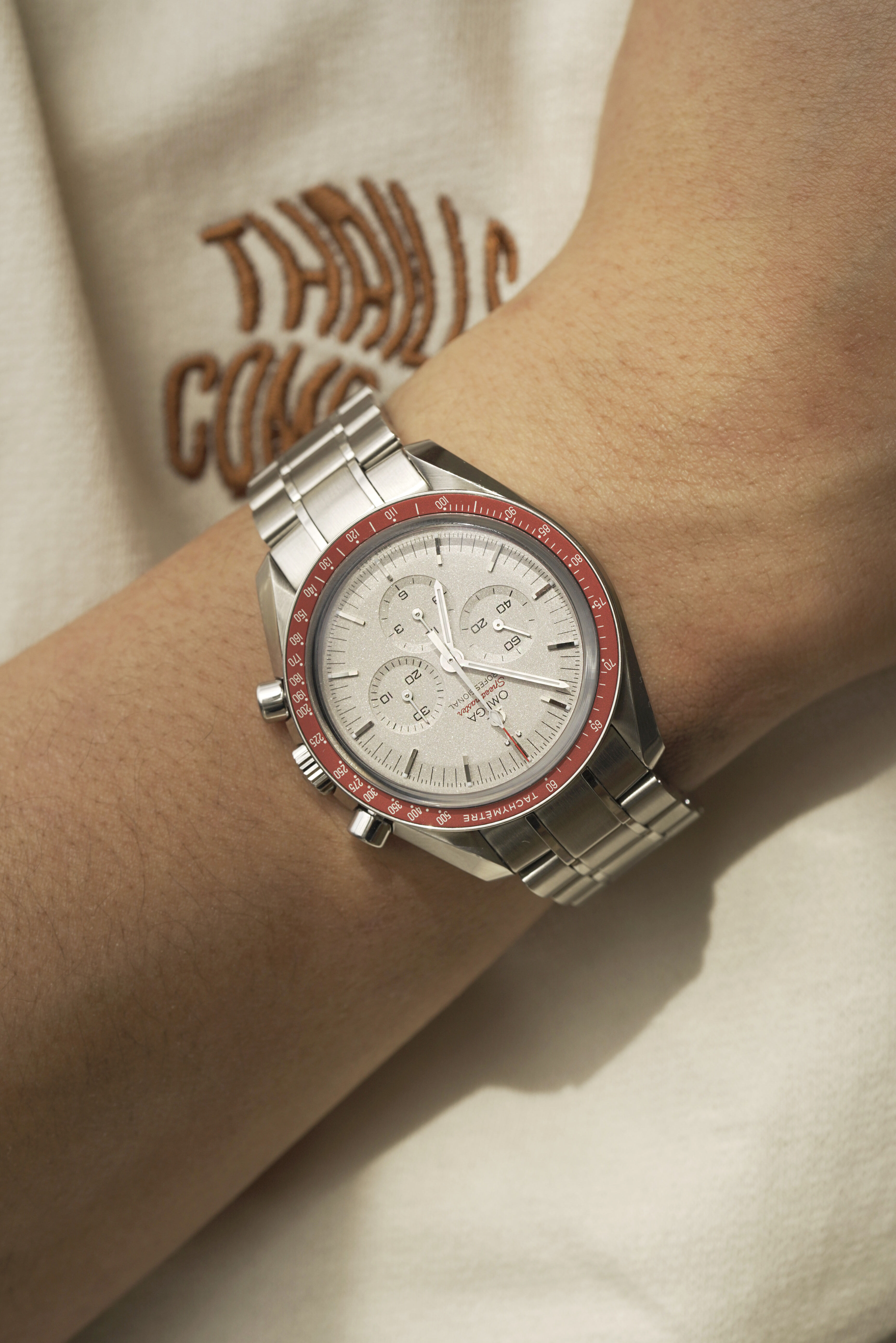
A pristine example of Omega Speedmaster Tokyo Olympics 2020 'Rising Sun' as paired with summer outfit.
Have a great evening.
News
+61 491 886 825
Level 2,
121-125 Cremorne St
Cremorne Victoria 3121
Australia
Strictly by appointment only

